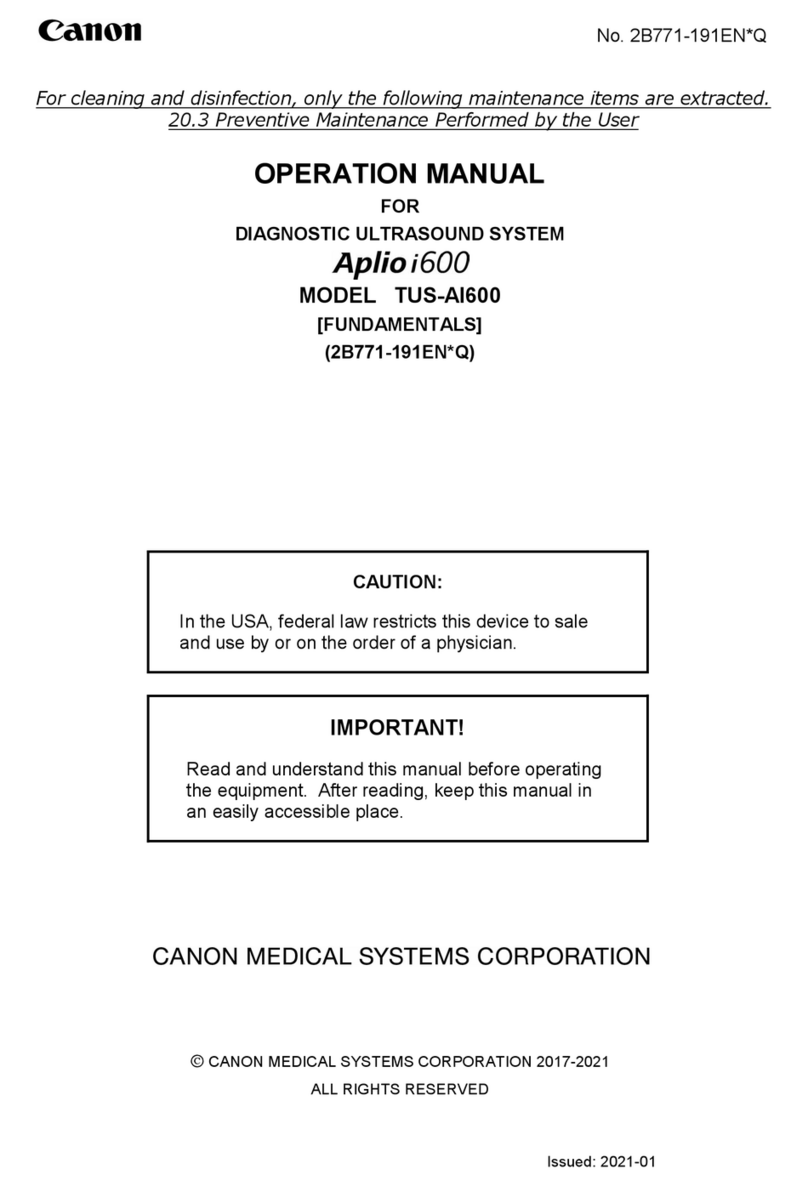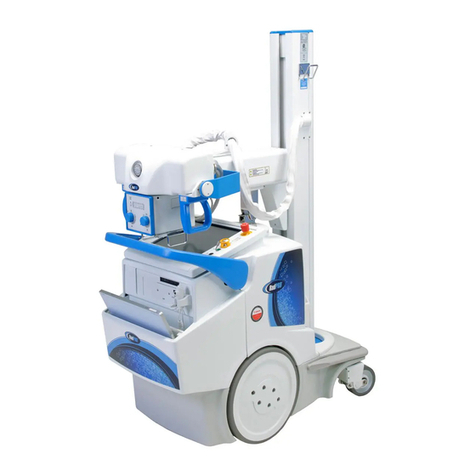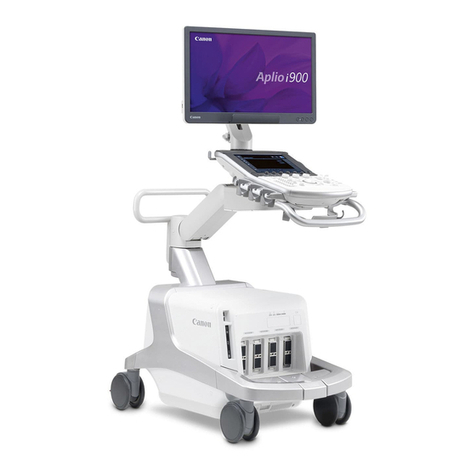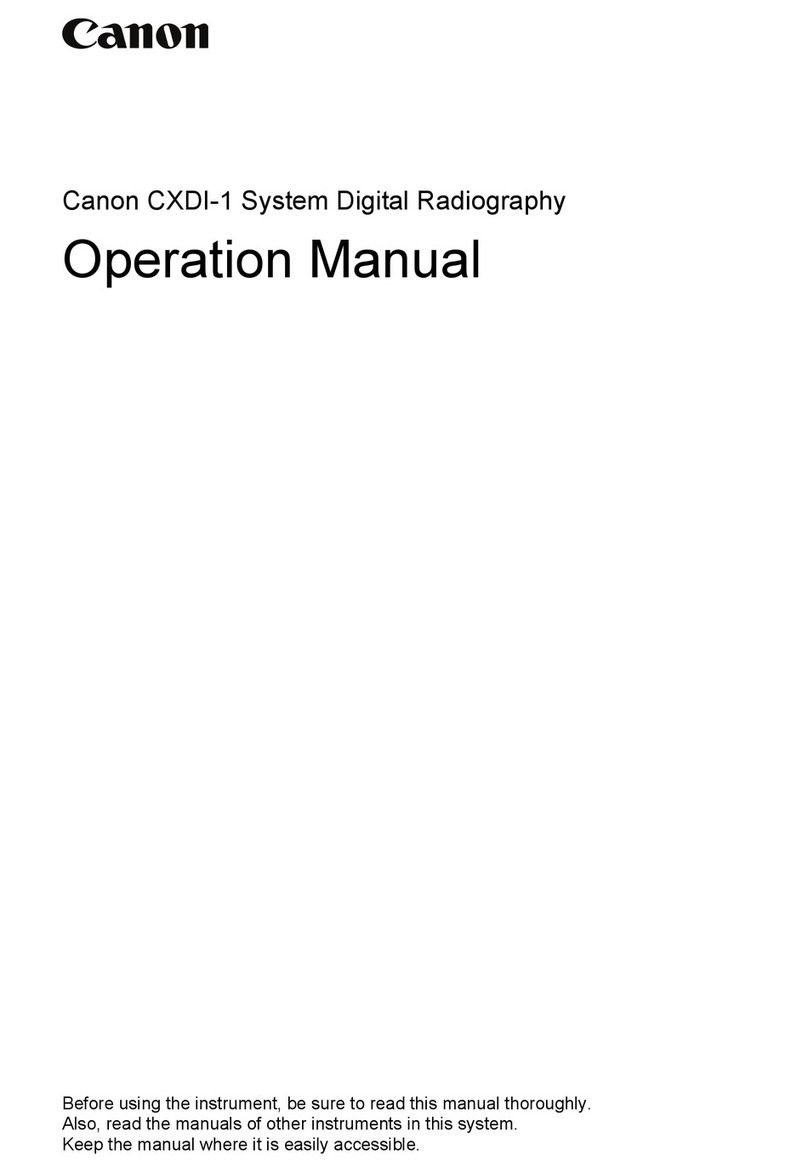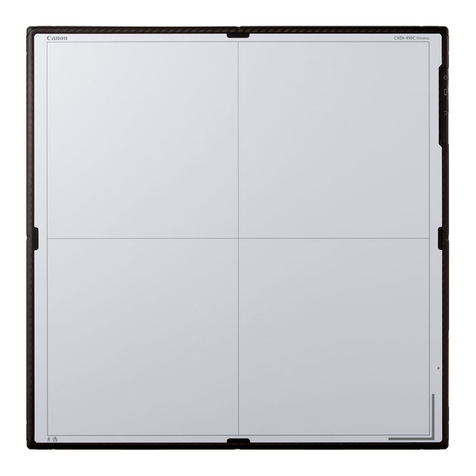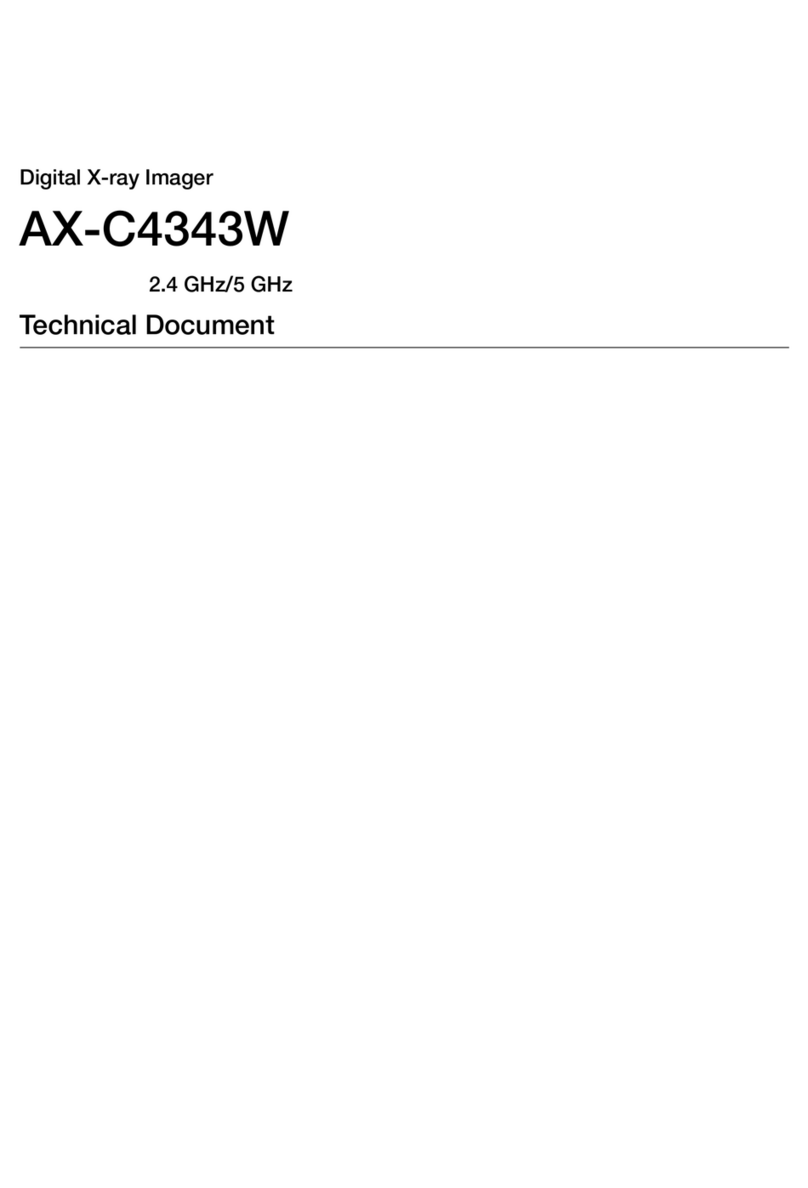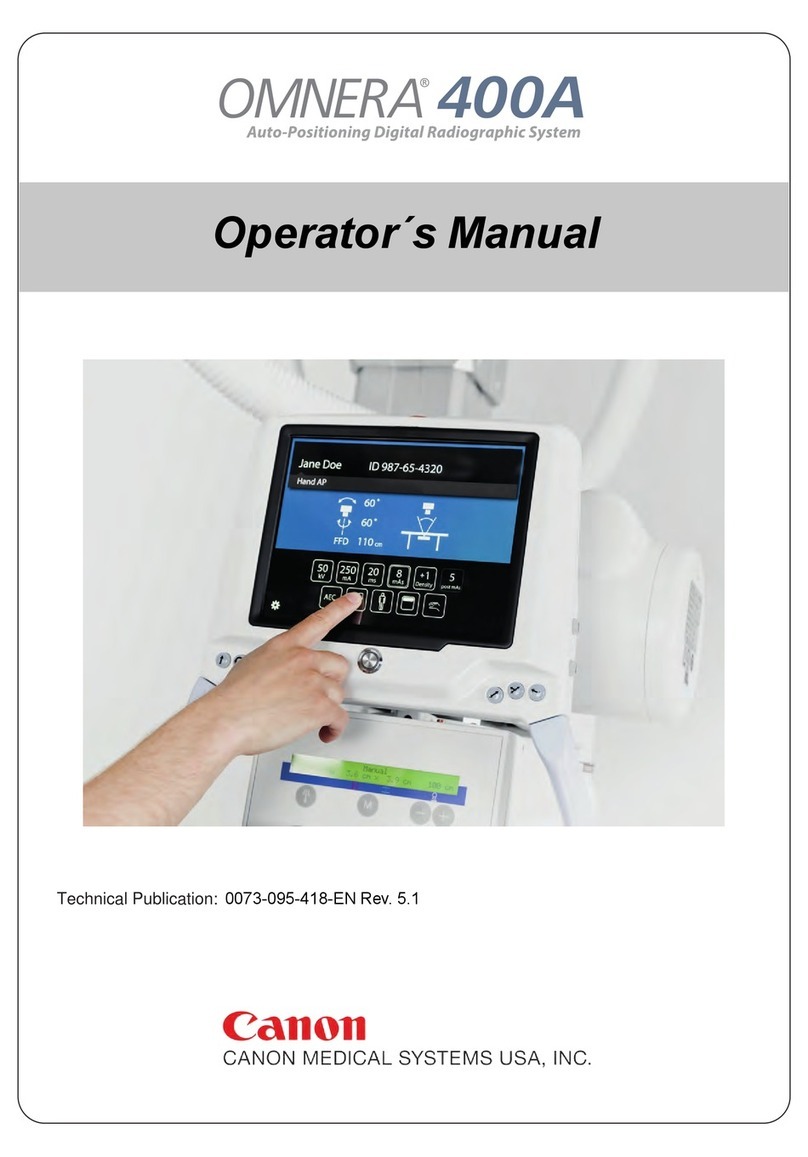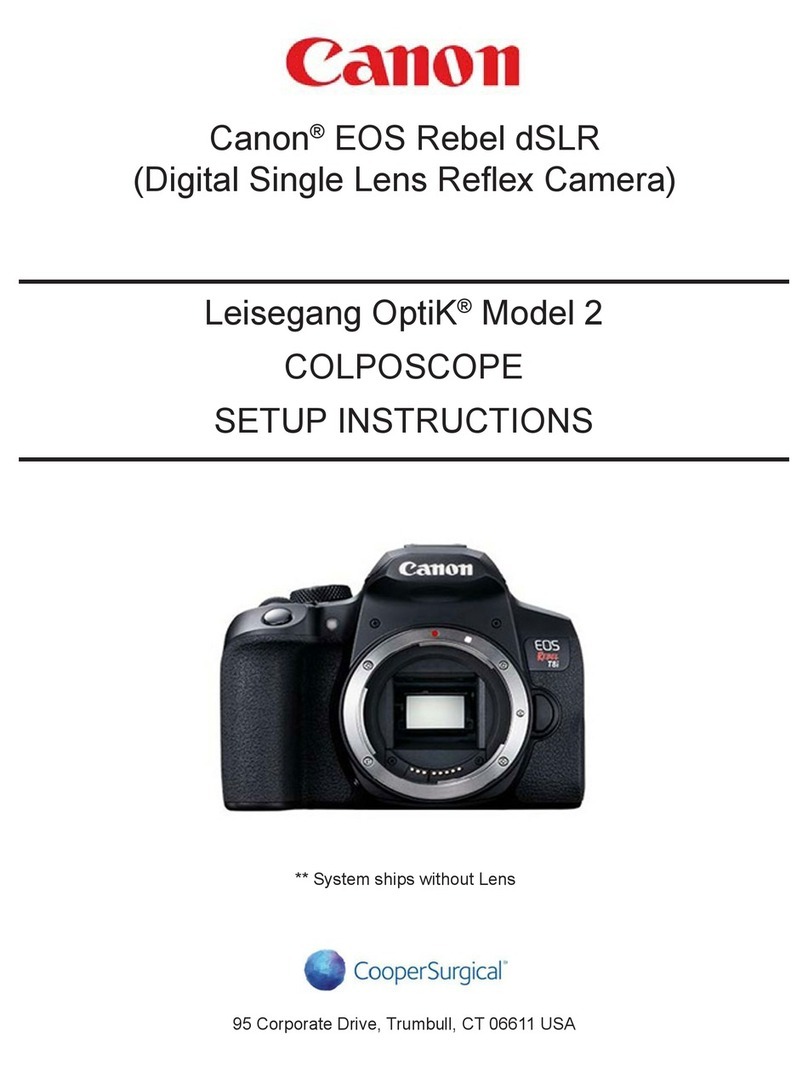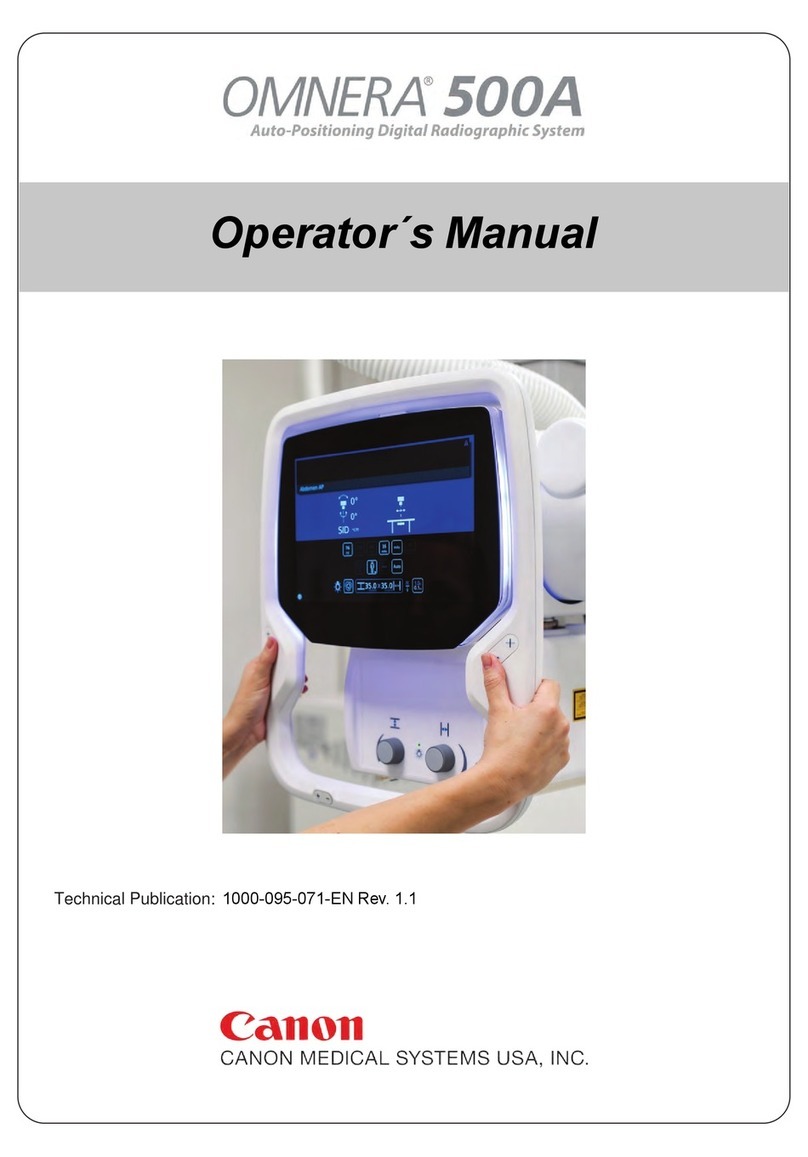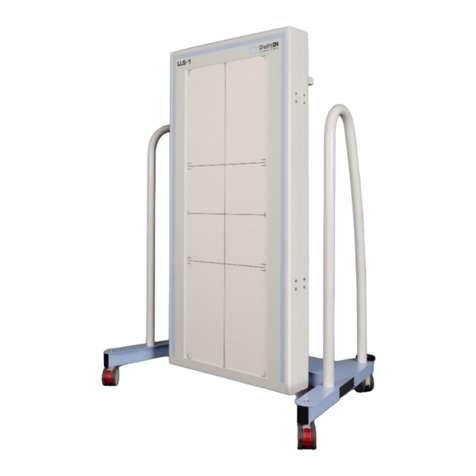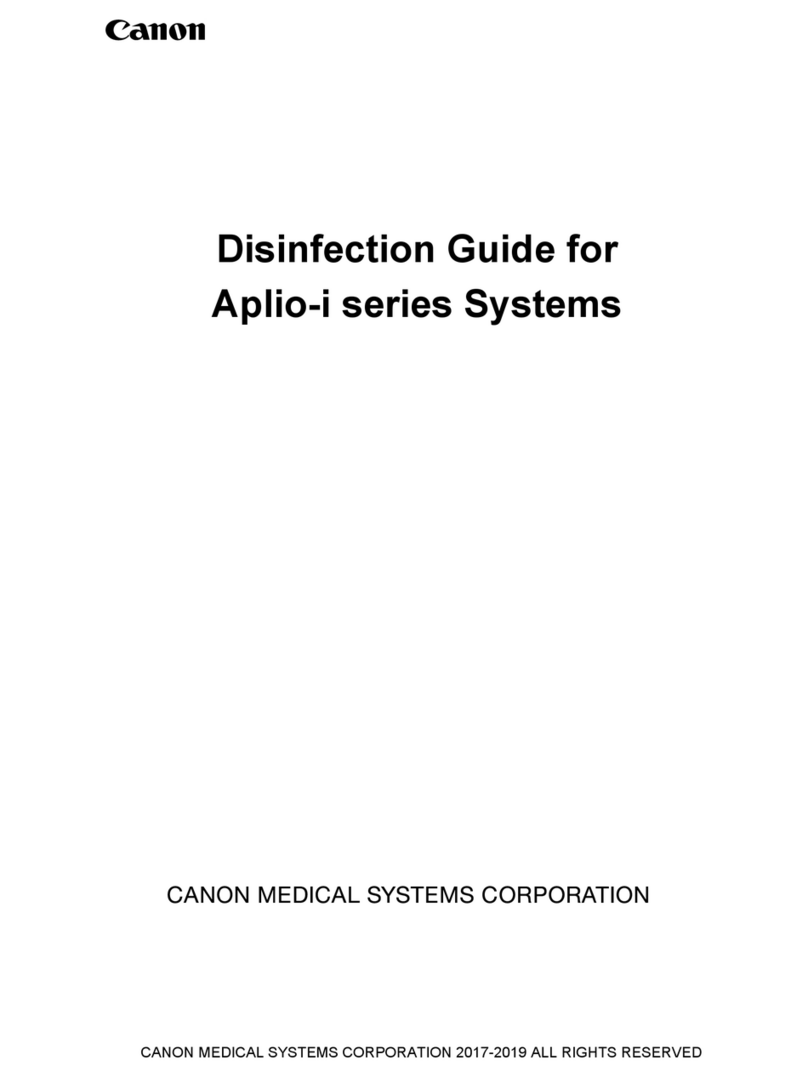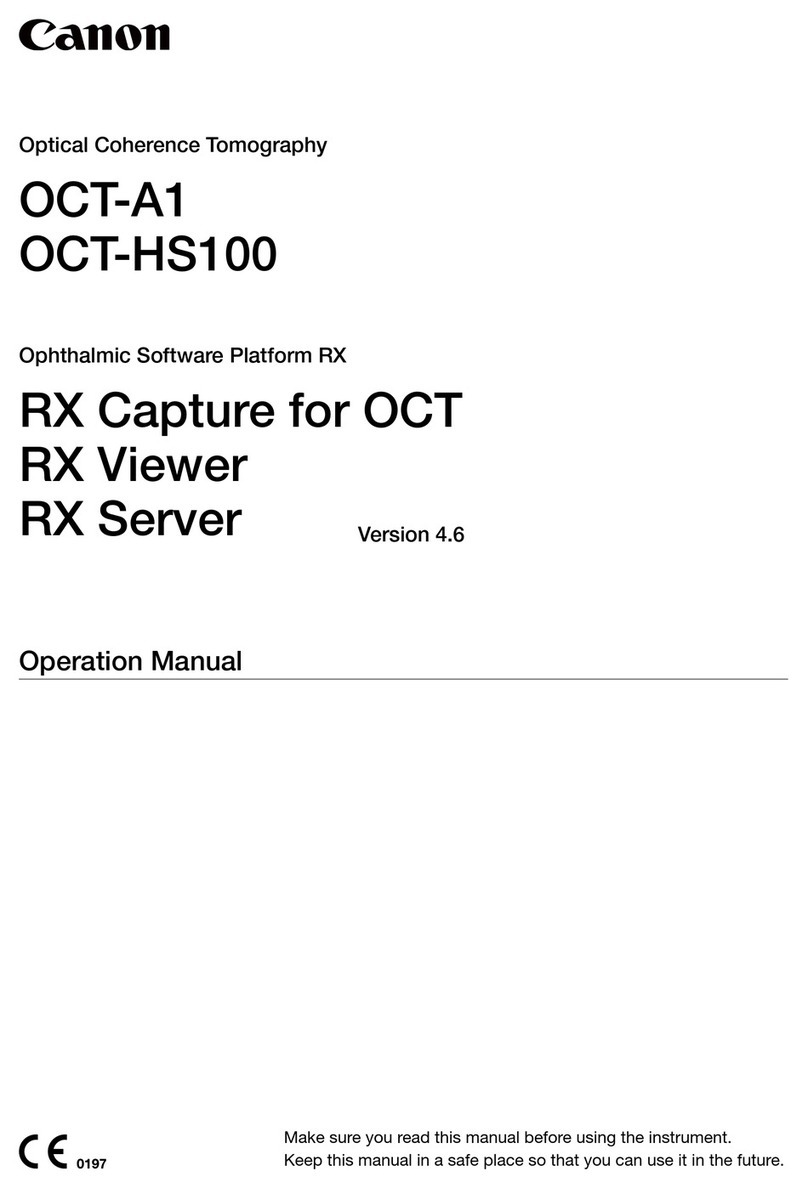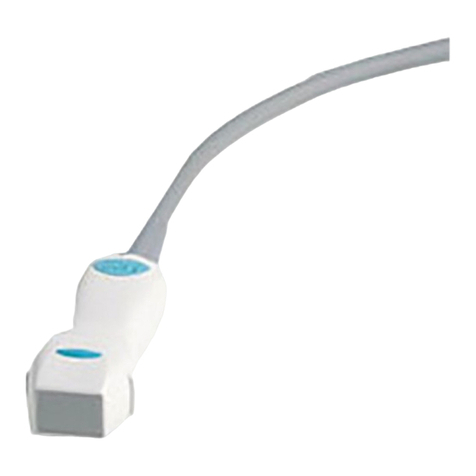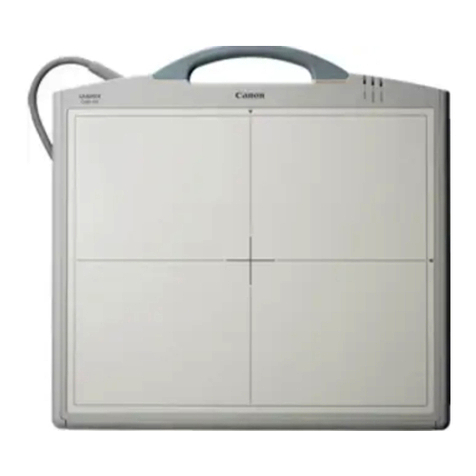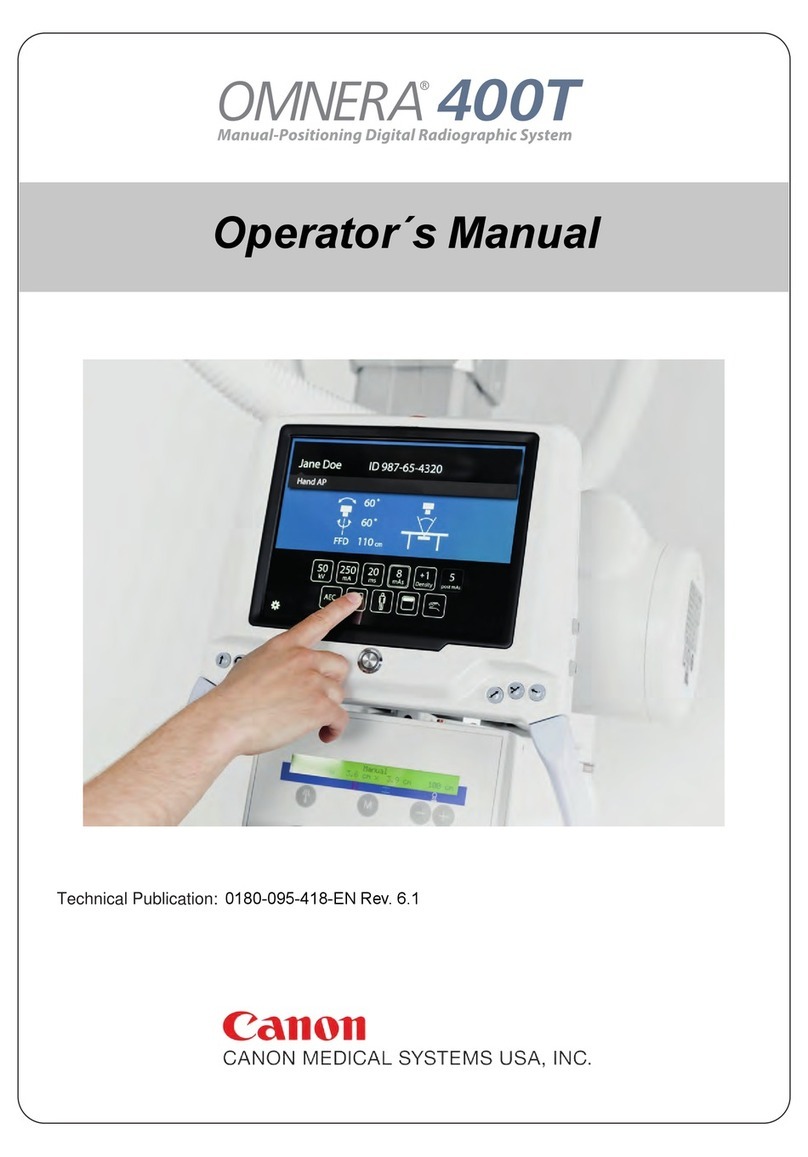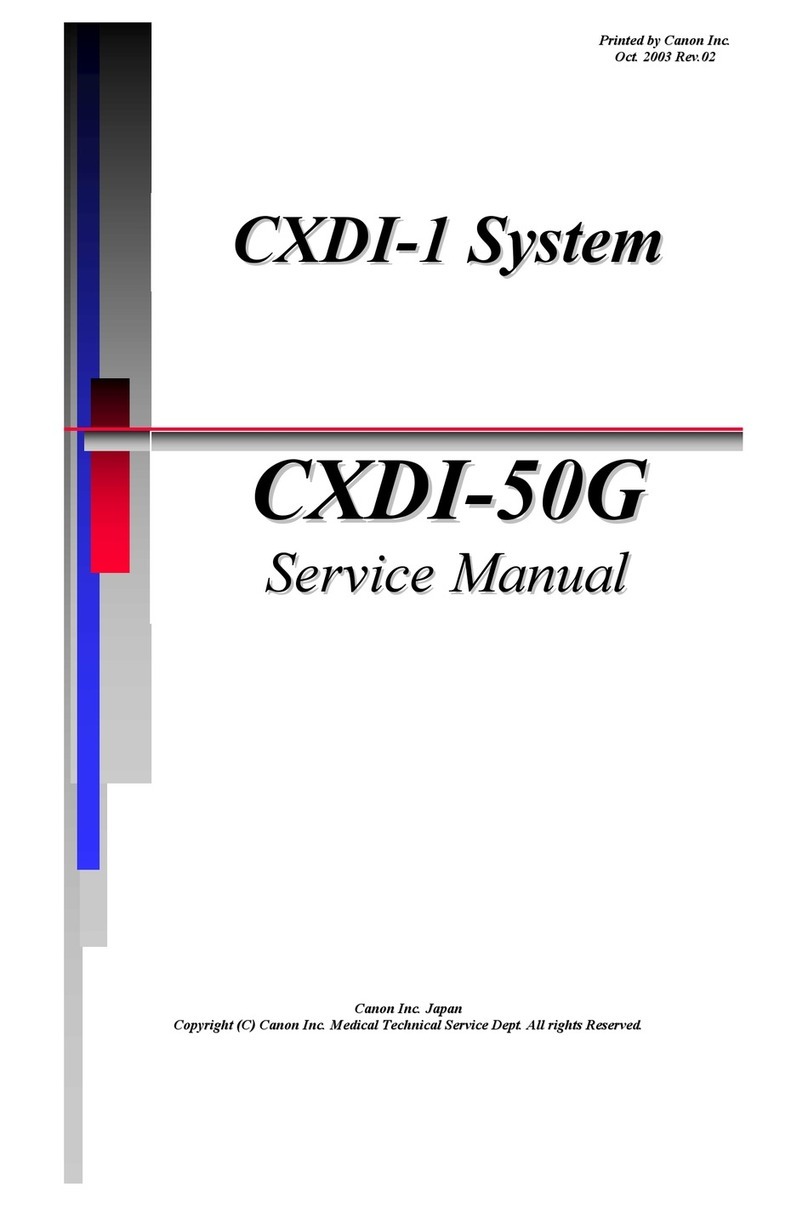
(6)
Safety Information
Power Supply
WARNING
Be sure to turn OFF the power of each instrument before connecting or dis-
connecting the cables.
Also, do not handle them with wet hands. Otherwise, you may get an electric
shock that may result in death or serious injury.
WARNING Be sure to hold the plug or connector to disconnect the cable.
If you pull the cable, the core wire may be damaged, resulting in fire or electric
shock.
WARNING
Do not cut or process the cables. Also, do not place anything heavy, including
the instrument on it, step on it, pull it, bend it, or bundle it.
Otherwise, the cable may be damaged, which may result in fire or electric
shock.
WARNING Do not turn ON the system power when condensation is formed on the instru-
ment. Otherwise, it may result in fire or electric shock.
CAUTION Because the instrument’s cable is long, take care so cables do not get tangled
during use. Also, be careful not to get your feet caught in the cable.
Handling
WARNING
Always be sure to keep checking the condition of the system and the patient
to ensure they are normal during the use of the instrument.
If any problem is found, take appropriate measures, such as stopping the
operation of the instrument, as required.
WARNING
Never disassemble or modify the product as it may result in fire or electric
shock. Also, since the instrument incorporates parts that may cause electric
shocks and other hazardous parts, touching them may cause death or serious
injury.
WARNING Do not hit or drop the instrument. The instrument may be damaged if it
receives a strong jolt, which may result in fire or electric shock if the instru-
ment is used without it being repaired.
WARNING
Wipe the CFRP plate of the sensor unit with ethanol or glutaraldehyde solu-
tion to disinfect it each time a different patient uses the instrument, in order to
prevent infection.
If the optional grid unit is being used, disinfect its surface.
Please consult a specialist for the procedure for disinfection.
CAUTION
Do not spill liquid or chemicals onto the instrument or, in cases where the
patient is injured, allow it to become wet with blood or other body fluids, as
doing so may result in fire or electric shock.
In such situation, protect the instrument with disposable covering as neces-
sary.
CAUTION Turn off the power of each instrument for safety when they are not going to be
used.
!
!
!
!
!
!
!
!
!
!
!
